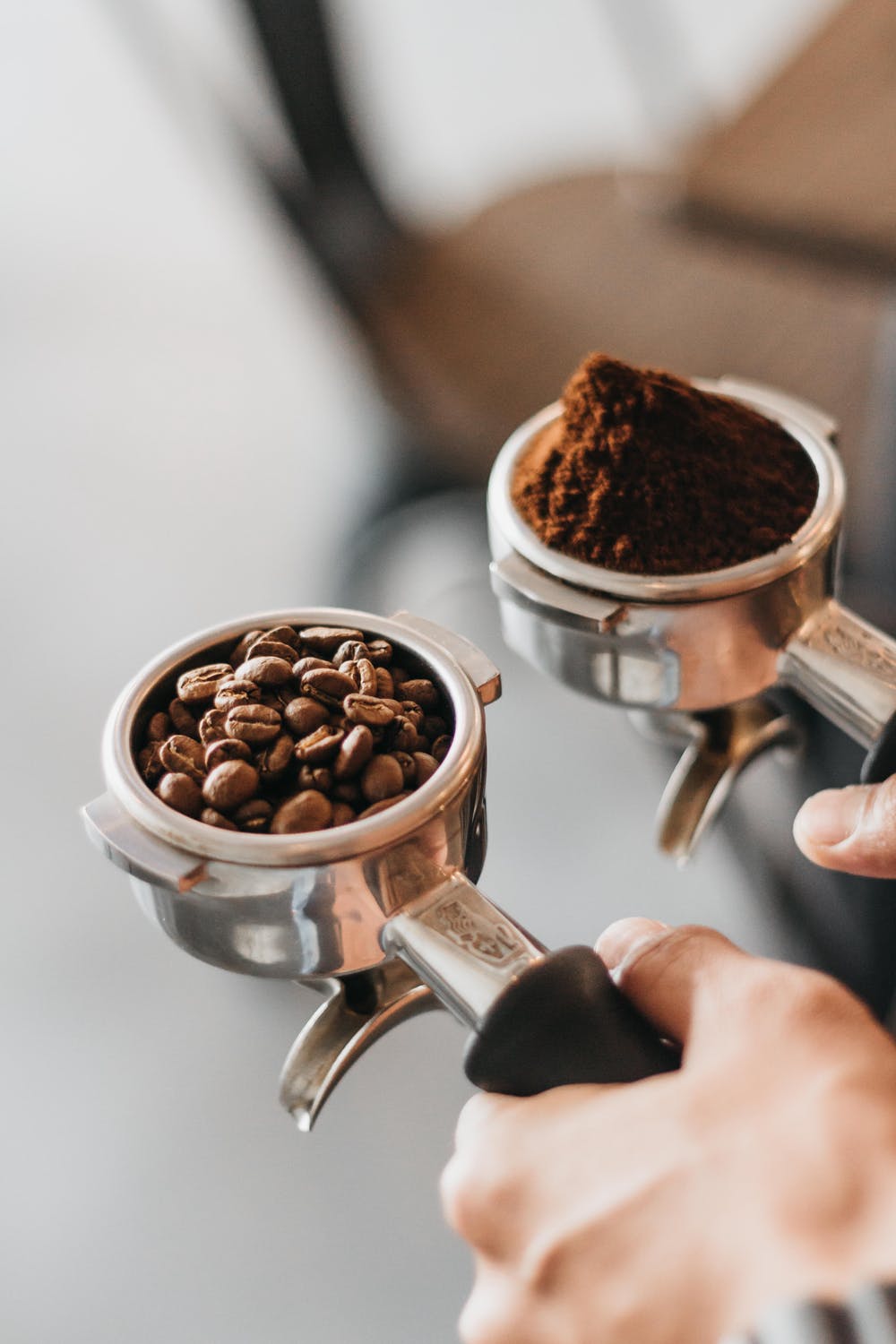Not everyone may be a fan of the French press, but it remains one of the simplest and most traditional ways to prepare coffee. Even those completely new at it can still produce a decent cup.
But did you know that nailing the grind size can take you from a decent cup to an exceptional one? Let’s look at how fine and coarse grinds impact your coffee. This way you’ll know which creates the cup that tickles your fancy. Here is the path, If you are searching for a stainless steel french press that promises smooth, constant flavor?
Factors Influencing the Perfect Cup
The top factors that can make or break a perfect cup of coffee are:
Grind Size
The foundation of every delicious cup is the right grind size. Unfortunately, it’s often overlooked, which is why coffee typically ends up being good but not great.
So, what is the ideal grind size? It’s a size that allows you to extract just the right amount of flavor from the coffee. Too small means you’ve under-extracted, and too big means you’ve extracted too much.
The benefits of buying coffee grinder made in USA are plenty. A few of these benefits are quality and durability is guaranteed because they have strict quality control standards in place, and the warranty is much better than other brands.
What happens when the grind is too fine or too coarse?
- Too Fine: Leads to over-extraction. When too much flavor from the coffee has been extracted, it becomes unpleasant and overpowering. This typically leads to bitter, tasteless coffee.
- Too Coarse: Leads to under-extraction. When you unsuccessfully extracted enough flavor out of your coffee, it’ll taste bland. Your coffee ends up being acidic, sour, and salty.
Brew Time
Of course, it’s important to keep in mind that grind size isn’t the sole culprit for the under- or over-extraction of coffee. Incorrect brew time can also result in either of these scenarios.
Brew your coffee too short and extract too little. Brew it too long and extract more than what’s required.
Water Temperature
Lastly, we have water temperature. To prevent the under-extraction of fine coffee grounds, you’ll want to decrease water temperature and brew longer. On the other hand, for coarse coffee grounds, keep the water temperature hot and brew shorter.
Coarse Grind for French Press
A high-quality burr grinder may not be what people usually pair with French presses, but it does enhance the taste and texture of French Press coffee. Consider getting one if you want to brew great coffee consistently.
When grinds are inconsistent, their particle sizes will usually range from super fine to very coarse. Low-quality grinders typically produce a lot of fines, which is a lot like coffee dust. Having too many of these fines in your coffee can make it taste bitter and feel muddy.
Coffee Break Essentials recommends coarse grind coffee for French press machines since it isn’t likely to contain too many fines. This means your chances of ending up with mucky, bitter-tasting coffee aren’t too high.
The French press uses an immersion-style of brewing that typically results in a longer extraction time for beans. For this reason, a coarser grind is used because it keeps extraction slow and prevents over-extraction.
In the pour-over method, a finer grind can hinder the water’s flow. This isn’t necessarily the case with a French press, which gives users more freedom to experiment. Although brew time should still be adjusted according to the grind size to avoid too much extraction, you are no longer limited by the assurance that water can pass through the grounds.
Fine Grind for French Press
Using finer grinds for a French press ties into the argument that it allows for the extraction of flavorful-building compounds to occur faster. Since there is a larger surface area, the soluble compounds are extracted quickly from the beans and into the water.
Still, when it comes to the grind size, you must keep in mind that it doesn’t really alter what’s extracted. It only affects “when” the compounds are being extracted.
All the flavor you need is right there in the coffee bean. Grind size just determines how much of that flavor ends up in your cup.
When the grinds have more water contact time, more of its flavors will be extracted. While you can accomplish this by extending a coarser grind’s brew time, it still won’t be as effective as brewing finer grind in the same amount of time.
Nevertheless, home coffee brewers have their fears when it comes to finer grinds. One is that they can make coffee cloudy and muddy. While the finest coffee grinds may pass through your French press’ filter screen, medium-sized grounds should be kept at bay for the most part.
So, when going for finer grinds, don’t go for too-fine grinds. You could end up extracting too much of the compound’s bitter flavor.
Coarse or Fine: It Doesn’t Really Matter
Everything we know traditionally about the French press suggests that it’s best paired with coarser grinds. However, by simply making the necessary adjustments in water temperature and brewing time, you can produce an equally fine cup using finer grinds.
Plus, it helps that today’s market offers high-quality burr grinders and top-notch presses. They can skyrocket your chances of creating the most delicious French press brew.

